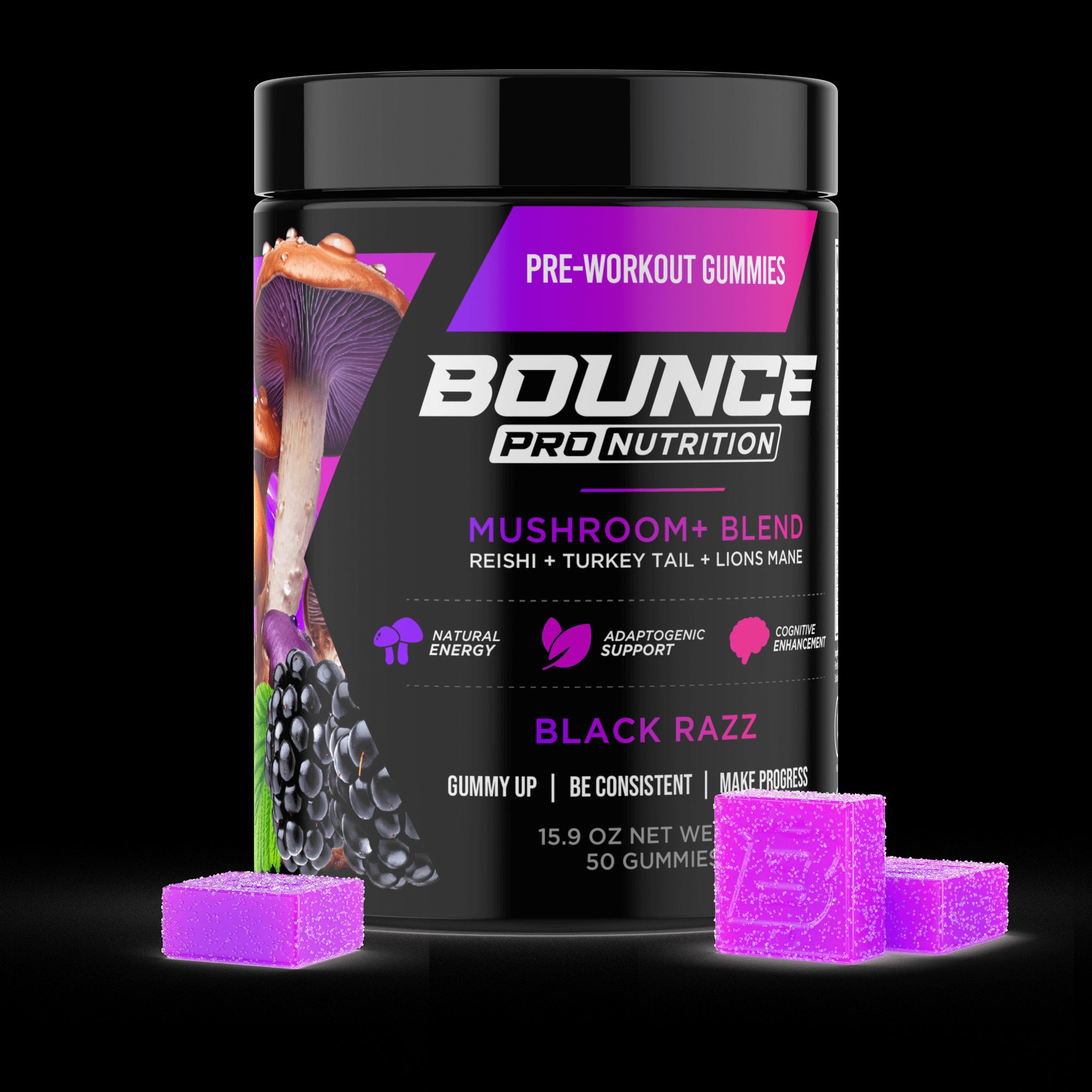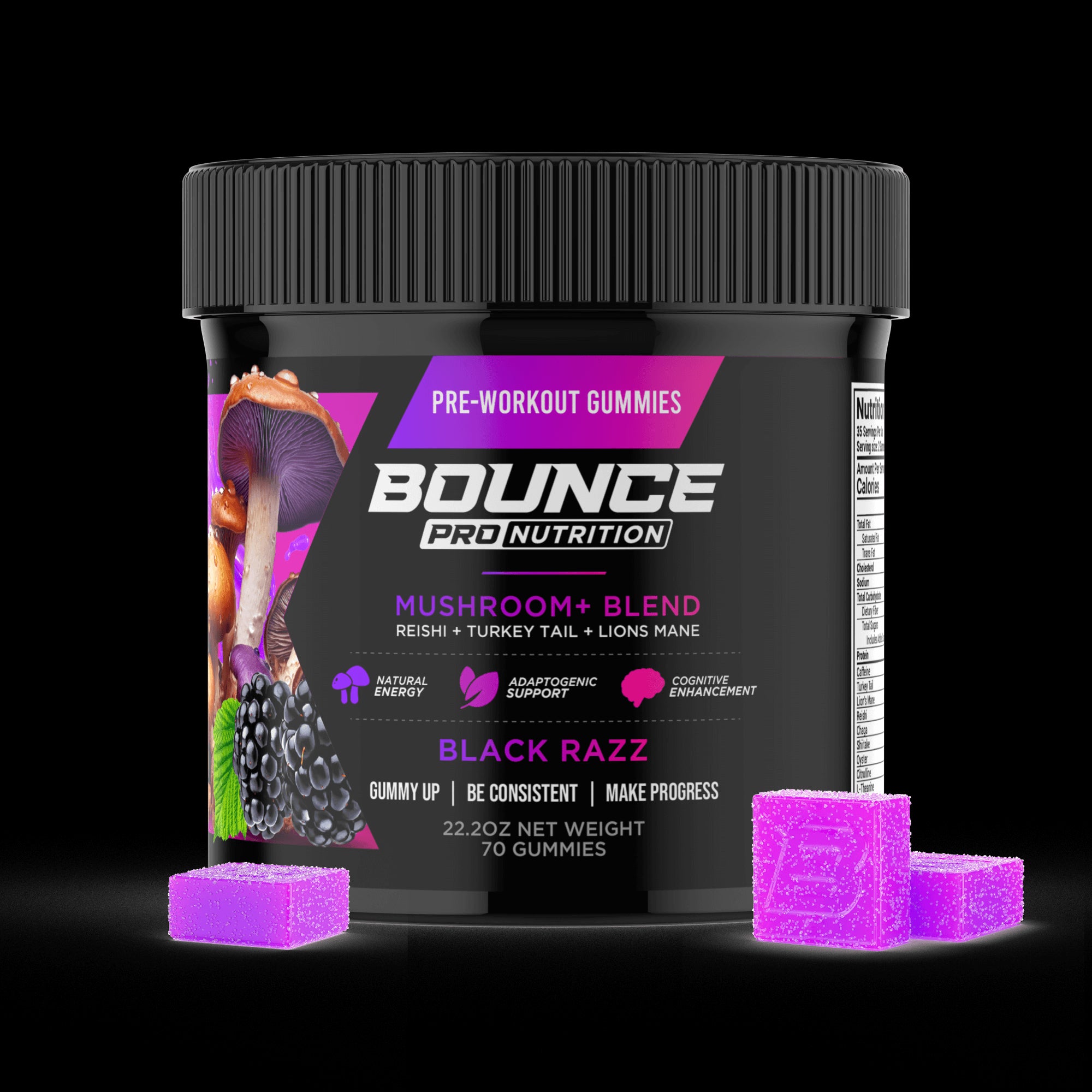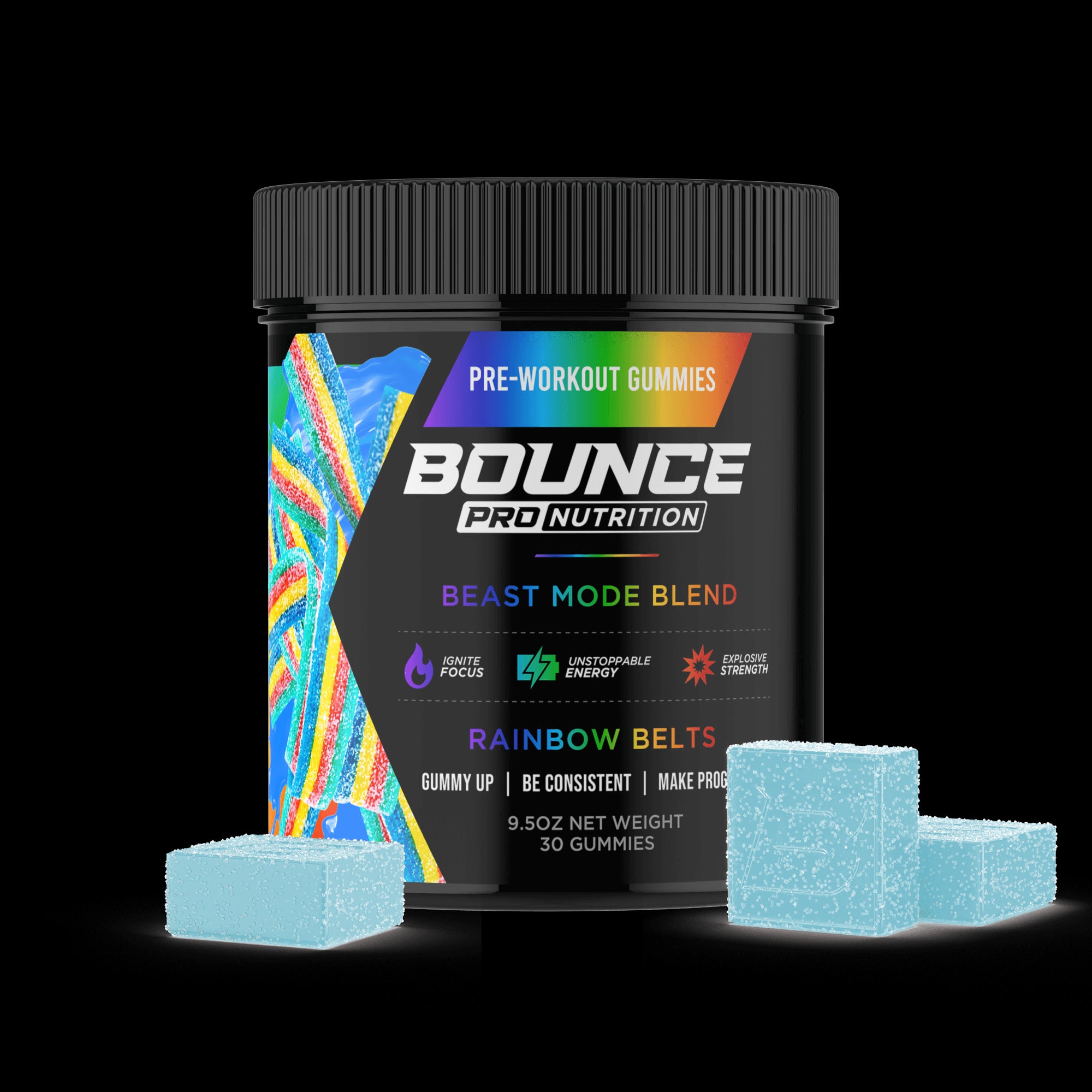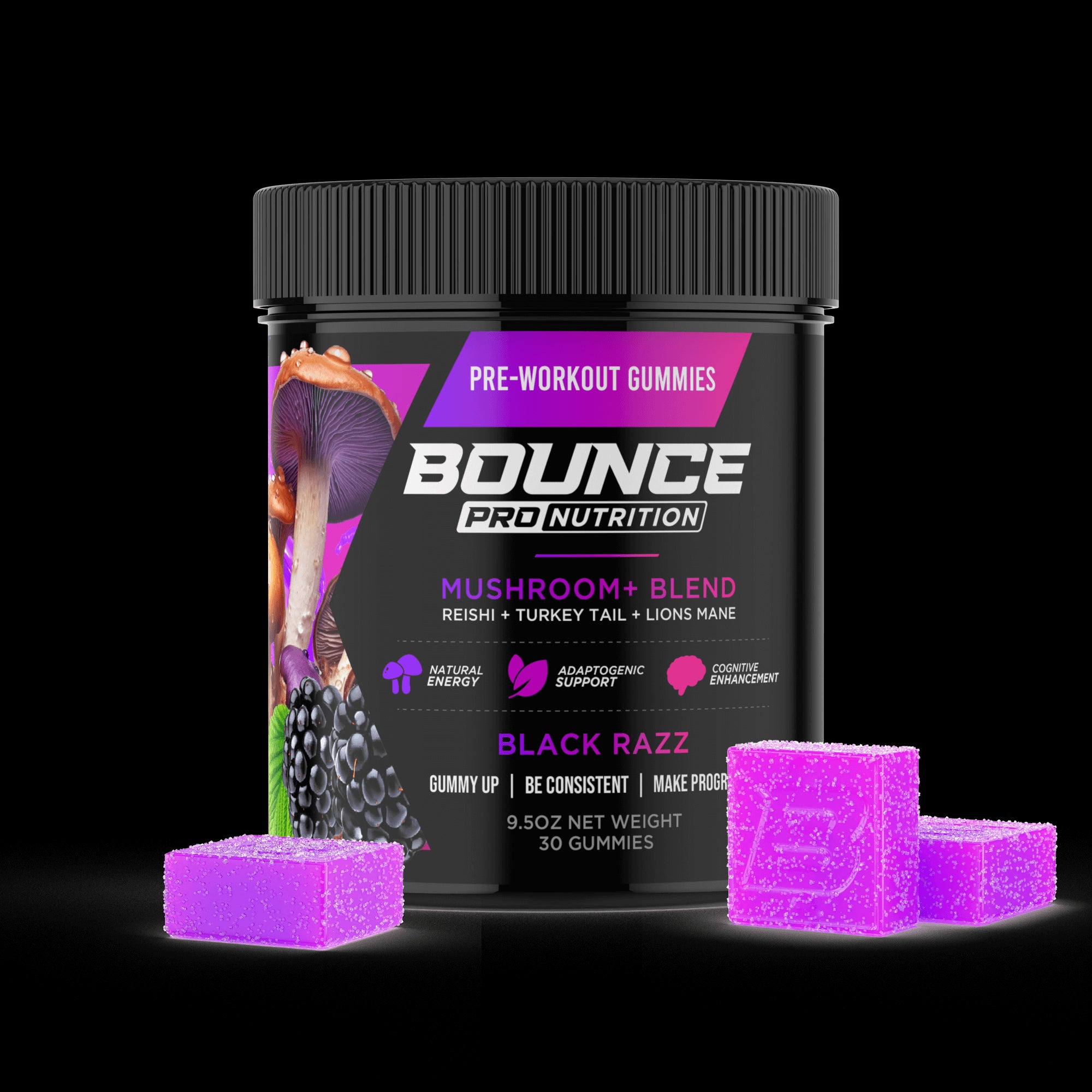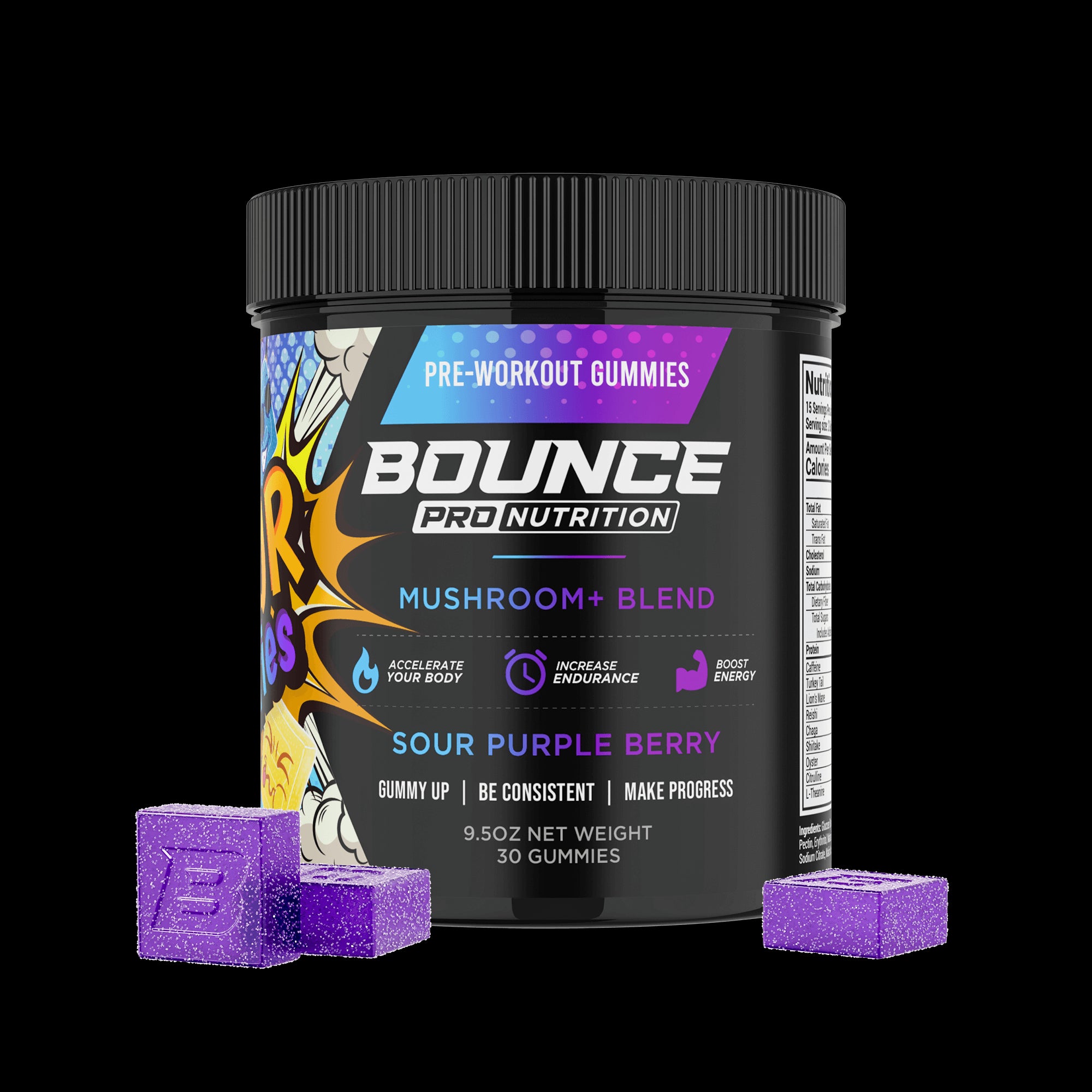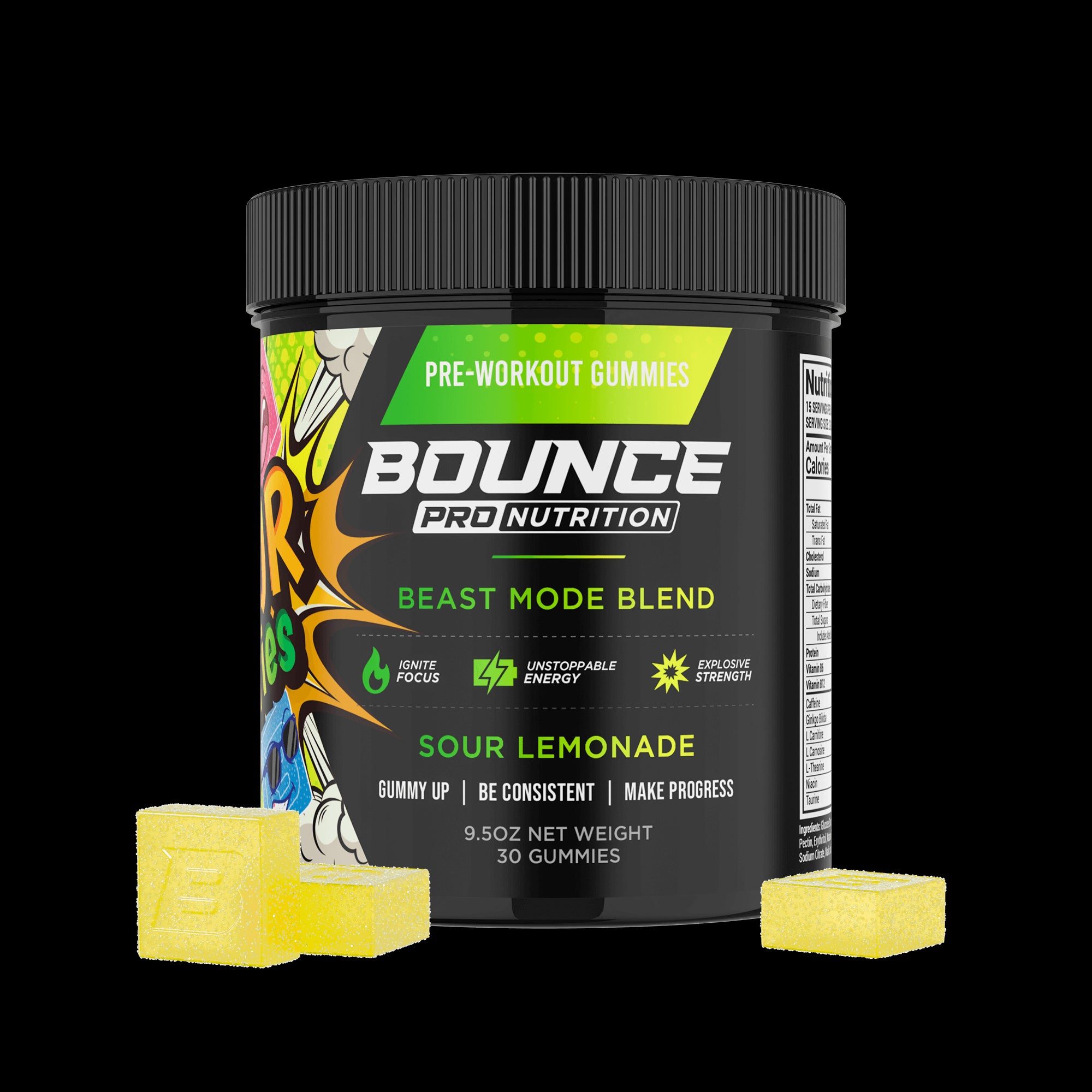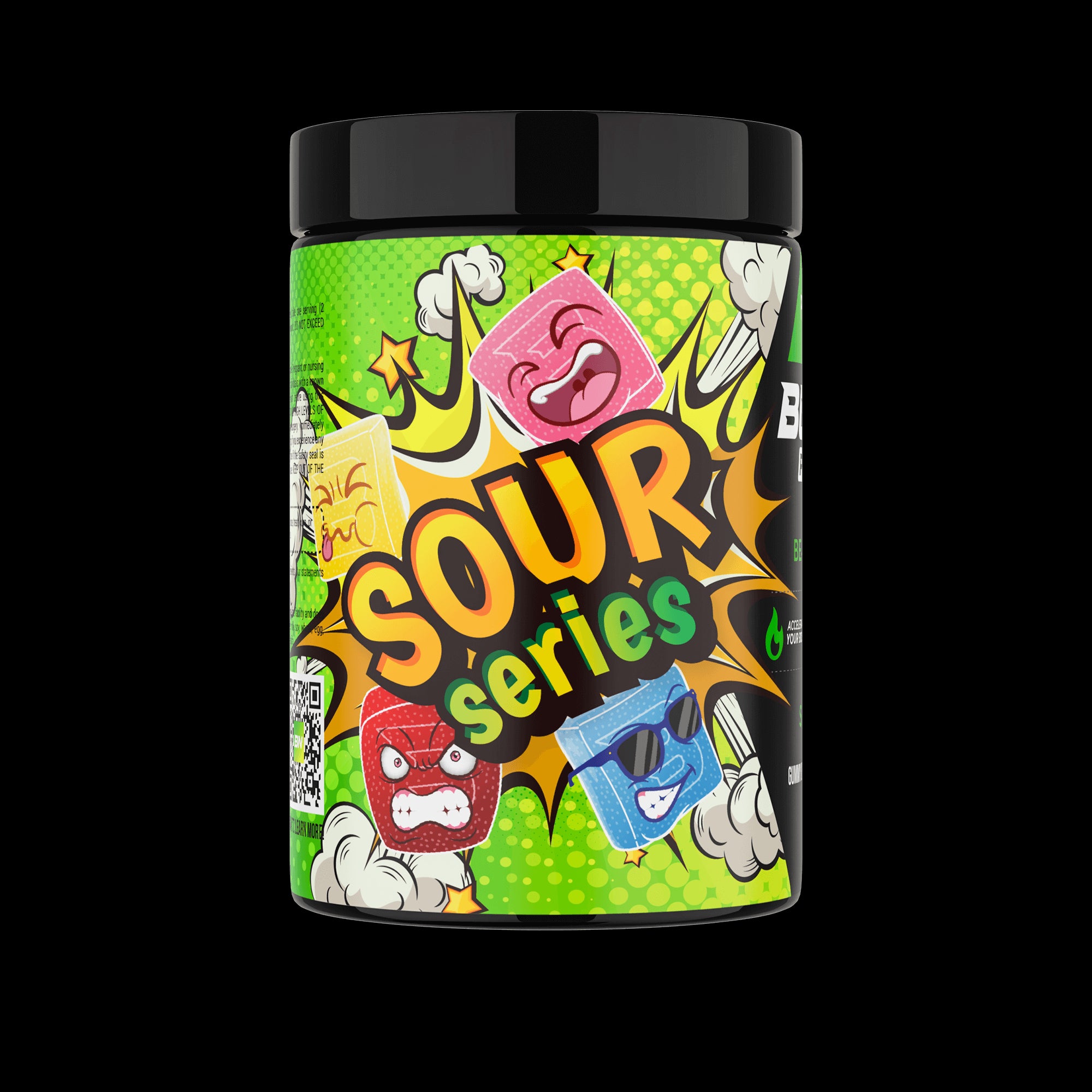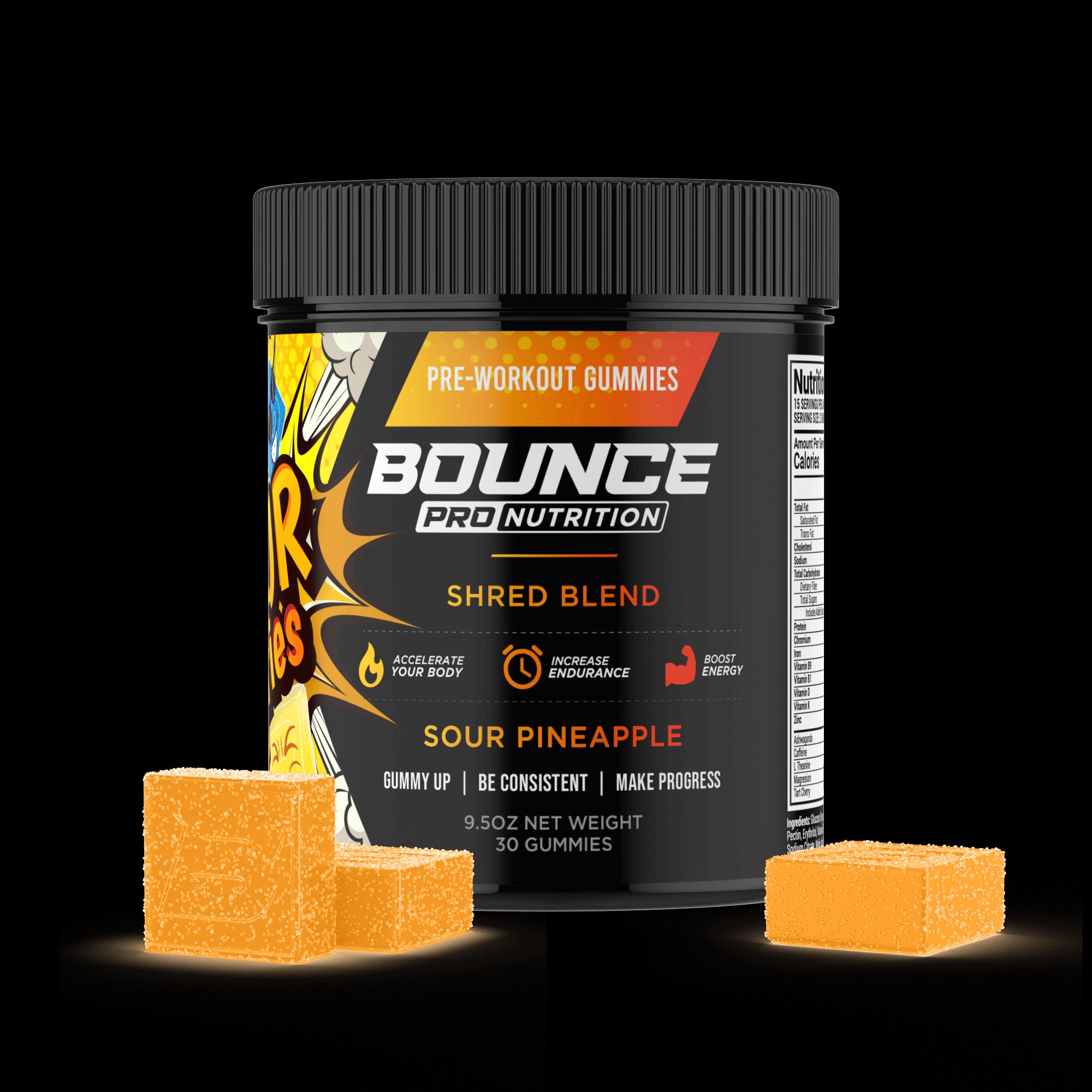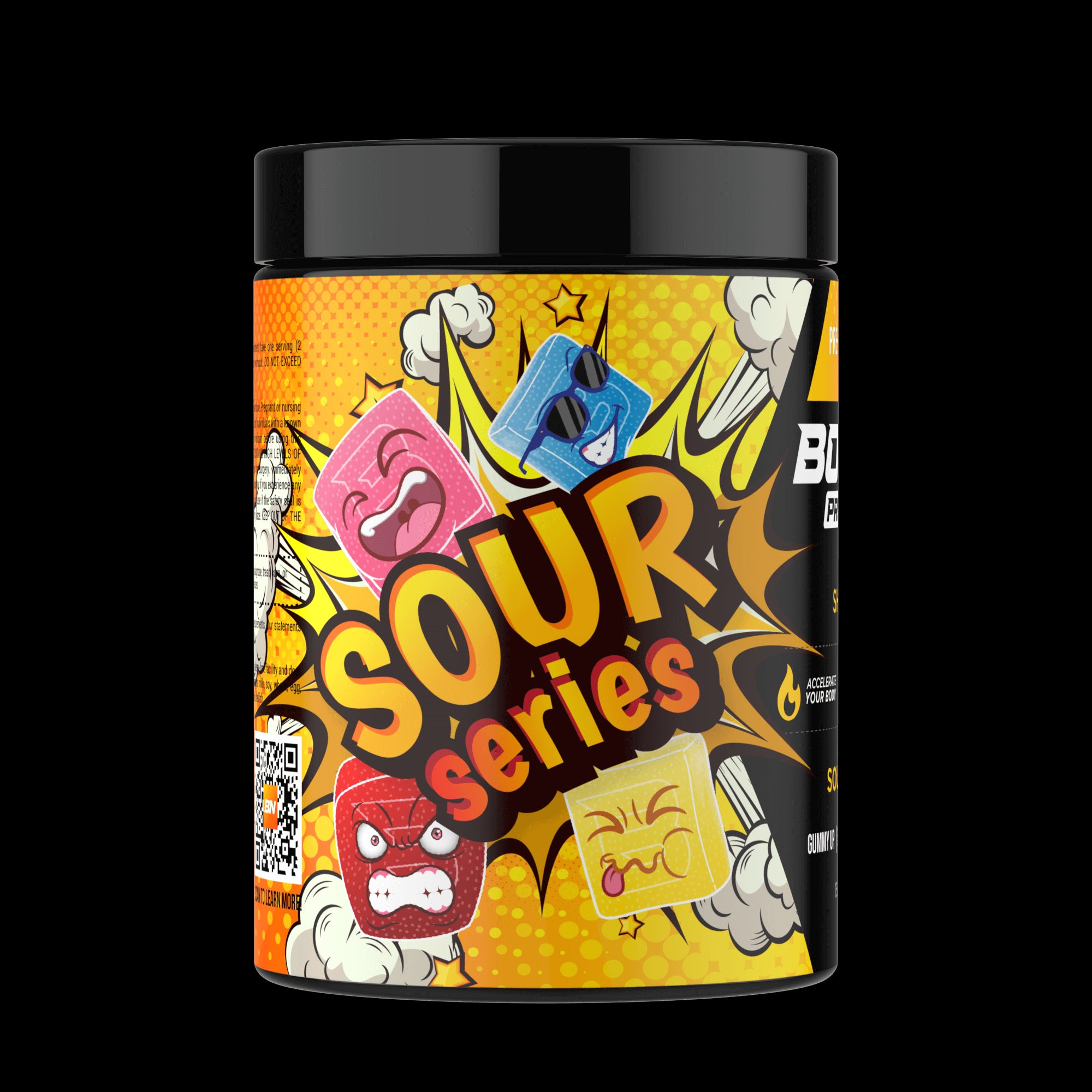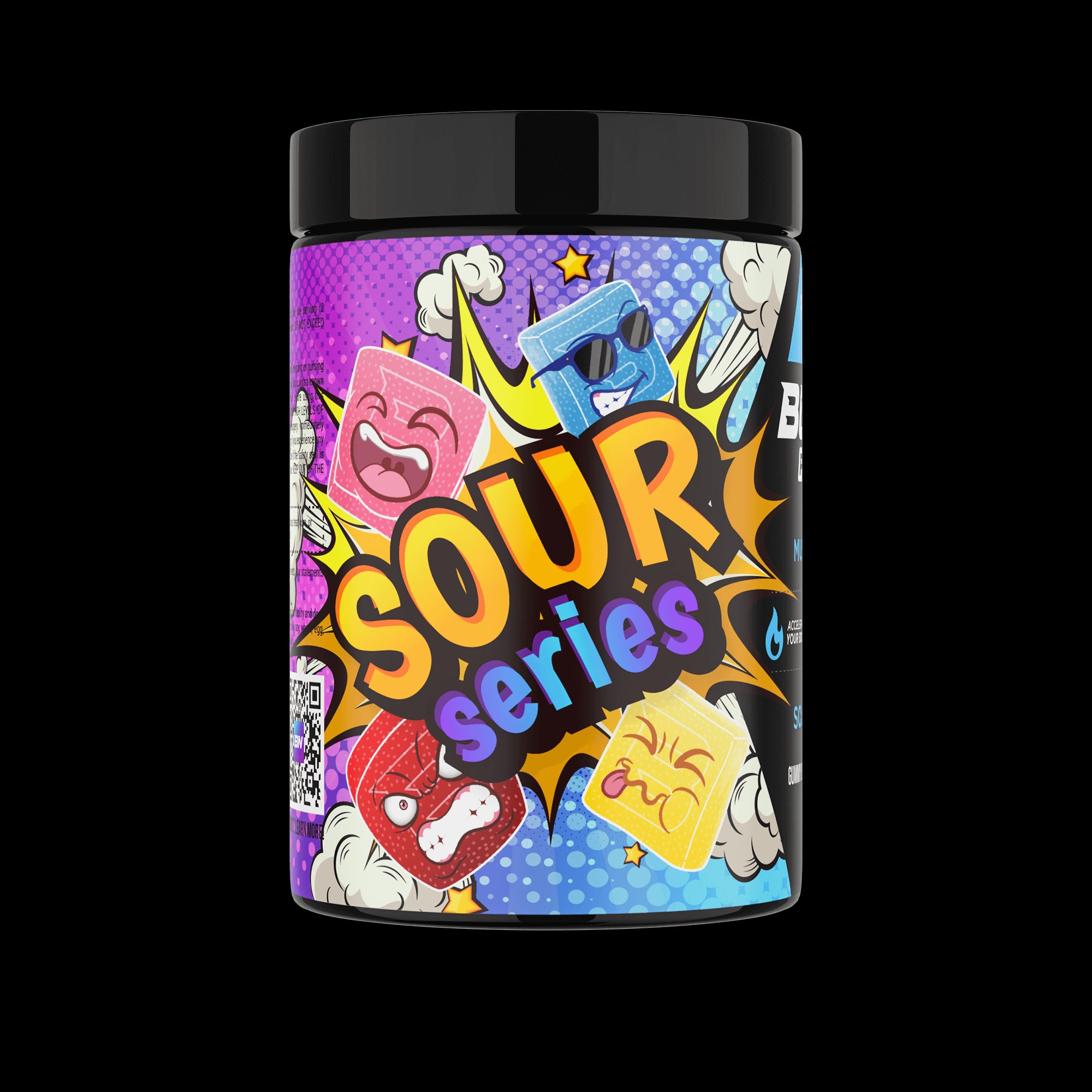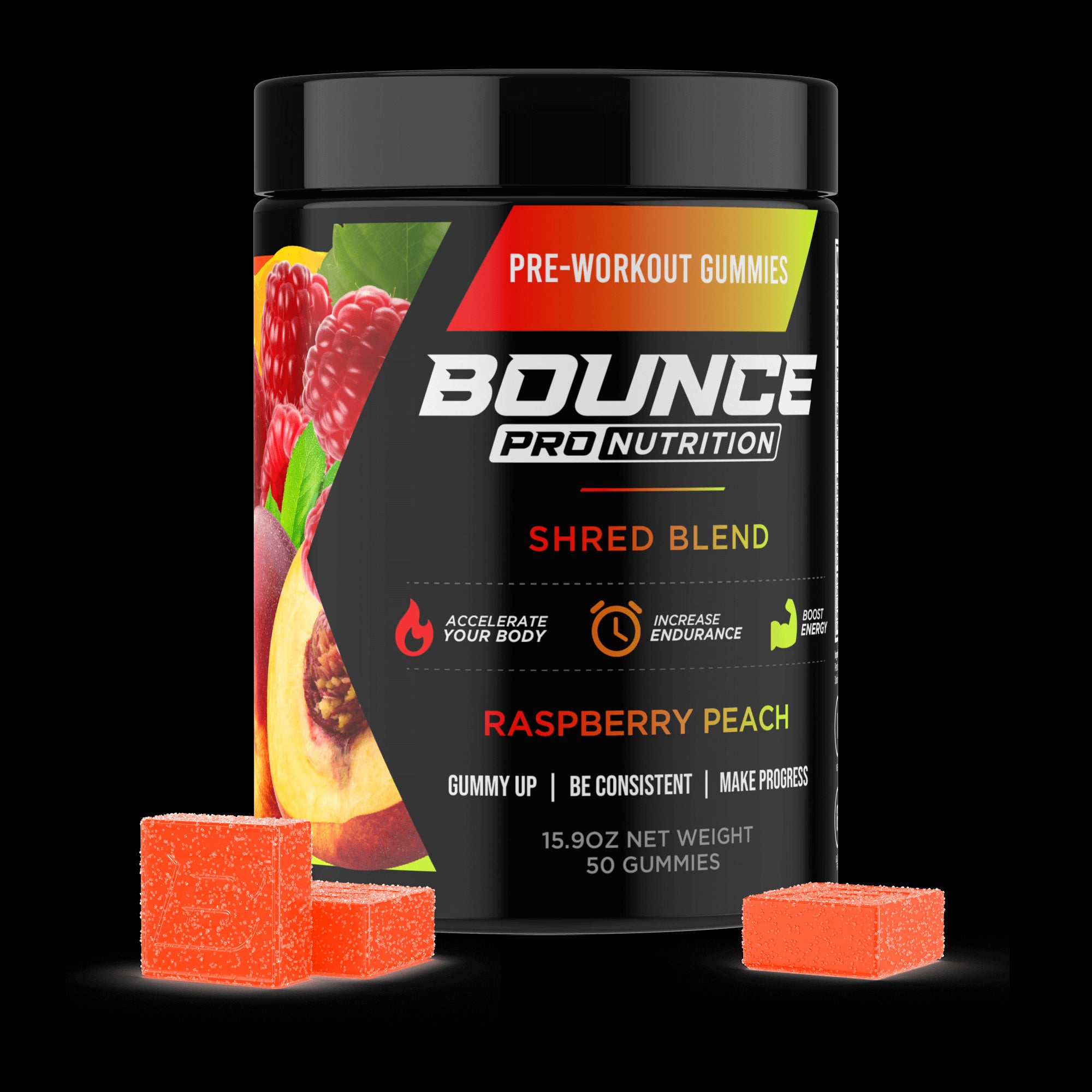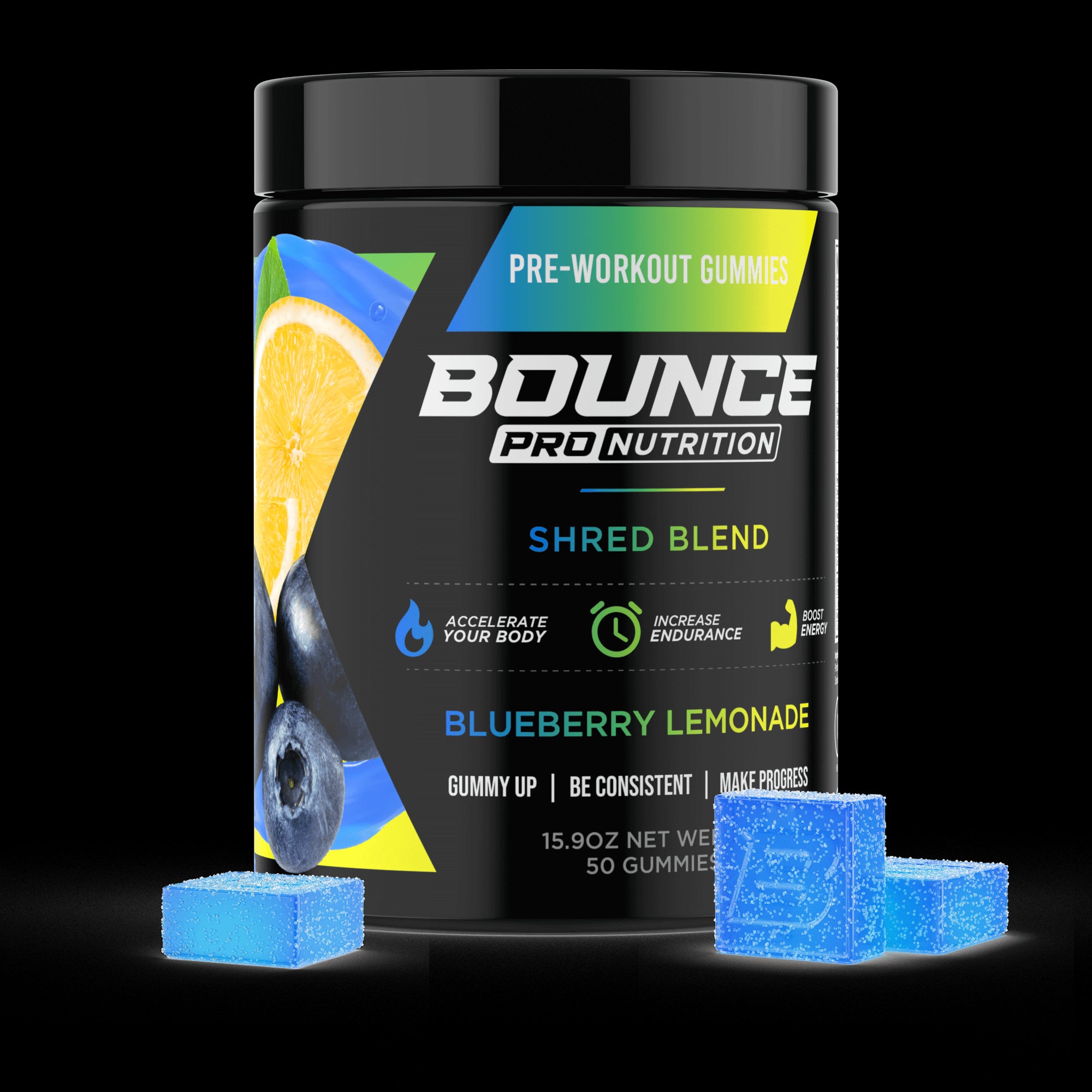Shilajit is a sticky black substance that is sourced from layers of rock in the Himalayan Mountains and other high-altitude mountain regions around the world. It goes by many other names based on regional differences, including “moomiyo,” “silaris”, “mumie”, and “rasayana”. Historically, it’s most closely associated with ayurvedic medicine, which’s the oldest medicine in the world, practiced in India and Nepal. Even to this day, shilajit is used in these parts of the world to treat a variety of ailments.
So, how is shilajit formed? Chemically speaking, it’s quite similar to humic substances that are found in our soil, which result from the decomposition of plant matter. When observed more closely years ago, shilajit was found to possess plant residue, along with resins and gums.
The plant residue was found to come from nearby plant life that, after dying, mixes with water. The resin of the plant then washes along the soil and finds itself mingling with organic elements and minerals in these mountainous regions, until it evaporates and becomes a crust that stays stuck within crevices of the mountain’s rock formations. Limestone is believed to play a role in enhancing its chemical makeup and allowing it to harden into the shilajit that we know.
Plus, as shilajit ages in these rock crevices, its chemical composition evolves over millions of years. The exact mechanisms involved in this process remain unknown.
TO BUY SHILAJIT PRODUCTS CLICK HERE
Altai Shilajit, Mumiyo
Hailing from the Altai Mountains (span all the way from the West Siberian Plain to the Gobi Desert below Mongolia), Altai Shilajit goes by several names, “mumiyo”, “mumijo”, “mumie”, “myemu”, “momio” or “mummy”, which means "to save or preserve the body".
Some of the finest Altai Shilajit is gathered in Siberia. Here, is where tremendous segments of the mountain range on this side have never been touched by man. Mumiyo is typically accumulated at altitudes of 10000 ft - 14000 ft.
When water flows through the mountains during the summertime season, mineral exudate from rocks breaks down into the water in coexistence with many other organic substances and minerals. These enriched waters then trickle into crevices, or by way of the rock beds’ cracks, thus leading into mountainous caves. At a certain point, this evaporates, leaving behind raw Mumiyo in the form of crusts or deposits.
Soon, Altai’s locals caught on and began utilizing mumijo as part of traditional medical practice, simply by taking the following steps:
Step #1: This raw form would be taken straight from the mountains and purified via the mountain streams.
Step #2: It’s dissolved, kept at a low temperature and left to sit, thus permitting the larger particles to rise to the top prior to being drained off.
Step #3: Then it’s sieved through multiple sieves, as this removes any finer particles.
Step #4: Getting dried (nowadays usually done using modern technology to evaporate moisture from the mumiyo at a controlled temperature rather than using a glass structure to just seal in the air until it was ready). This is dependent on the quantity of evaporation or how much it’s concentrated, as the finalized result is either a liquid, resin, or powder form.
Pertaining to altitude and mineral composition, this is where Altai Shilajit has a bit of a difference versus Himalayan Shilajit. Altai Shilajit is deemed to be a B grade Shilajit by some users, due to again, being gathered up at a slightly lower altitude. This might make it, to a lesser degree, not as potent, which in turn, means requiring more of it for identical effects.
Himalaya Shilajit
Derived from the Himalayan Mountains, Himalayan Shilajit, aka “Silajeet”, “Shilajeet”, “Silaras”, or “Shilajatu”, is gathered in a practically identical manner to the Altai, with the differences happening to be the altitude and the cultural perspective.
The Himalayan Mountain range rests squarely south of the Altai mountains, bordering the Tibetan Plateau (China), Bhutan, Nepal, Northern India and Pakistan. The Himalayas are home to some of the farthest reaching mountains on the planet. For example, Mount Everest stands up to ±29000 ft at its tallest point. Anyway, the Shilajit in the Himalayas is usually collected at 16000 ft -19000 ft.
Himalayan Shilajit has the most powerful link to Hindu mythology and the ancient Ayurvedic medical system. The history of shilajit in a medicinal context goes back 5000 years, at least, and originates from the high altitudes of mountain ranges in India, Central Asia, China, Iran, and a handful of other countries in the middle east.
Historical records display these parts of the world using shilajit for therapeutic purposes, although even today, it is believed that the highest-quality shilajit comes from the Himalayan mountains, and because of that, you will find that most shilajit on the market is sourced from this part of the world.
As in the Altai, Shilajit can be viewed as a gummy exudate on the Himalayan mountains during the summer season. The collection is much the same as there, except that Ayurvedic physicians would prepare the substance differently. It’s also blended with other medicines to amplify their overall value.
Now, there are a vast array of unique purification Shilajit methods via the Ayurvedic approach. The most common, traditional methods involve the use of boiling the Shilajit, occasionally with other medicinal herbs, i.e., Triphala or Moringa seeds.
Keep in mind though, boiling the Shilajit isn’t the top way to handle it. How come? Well, because this manner cooks out the bulk of vital nutrients. Scientists looking at commercial Indian Shilajit preparations have confirmed this fact.
Again though, modern technology has really substituted the outdated traditional methods and a good portion of it is processed under stringently controlled conditions. There are a few good suppliers of Himalayan Shilajit who avoid over heating it in the best attempt to maintain its legendary potency. If not boiled, this is the finest form of Shilajit to have, since, as mentioned earlier, it’s amassed from the highest altitudes.
And the Winner is…
Although altai shilajit have their positive benefits, Himalayan shilajit has the edge. So, if you’re interested in trying shilajit check out the Shilajit Live Resin products at Bounce Nutrition. Our shilajit has undergone third-party testing, providing phenomenal purity for maximum benefits. It’s just the proper consistency to dissolve in liquids at a quicker and easier rate, while still promising some amazing potency.
Some of the finest Altai Shilajit is gathered in Siberia. However, from the Himalayan Mountains, Himalayan Shilajit is gathered in a practically identical manner to the Altai, with the differences happening to be the altitude and the cultural perspective. Himalayan Shilajit is slightly better than Altai shilajit.
TO BUY SHILAJIT PRODUCTS CLICK HERE



